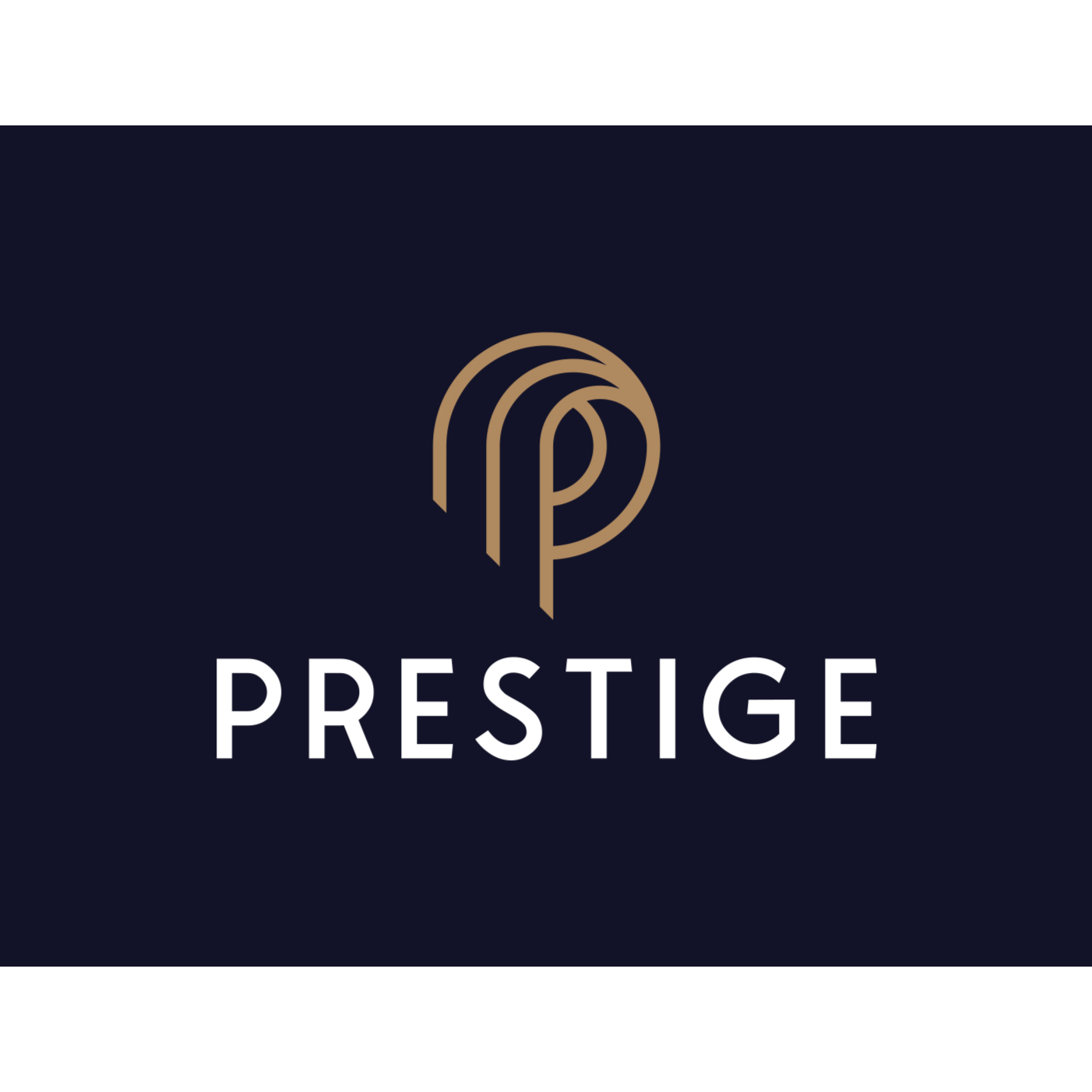Listen "The Sell It Sales Cycle_ Six Steps to Sell Anything"
Episode Synopsis
Podcast Notes: Buying Signals and Sales TechniquesUnderstanding buying signals is crucial for closing sales. The sources provide a range of verbal and non-verbal cues that indicate a prospect's readiness to buy.Active Listening: Salespeople should pay close attention to what the buyer says and how they say it. This includes noting their tone of voice and non-verbal cues.Non-Verbal Buying Signals: Prospects often signal their interest through non-verbal cues. This includes nodding their heads, touching the merchandise, and using possessive language.Verbal Buying Signals: Questions about specific product details, price, delivery, and risk minimization are strong indicators of buying intent. These questions show the prospect is seriously considering the purchase.Overcoming Objections: Objections, even those seemingly negative, can actually be buying signals. They often indicate concerns that need to be addressed before the prospect feels comfortable committing.Closing Techniques: The sources describe various closing techniques that salespeople can use to encourage a purchase decision, including creating urgency, summarising benefits, addressing objections, and assuming the sale.The Importance of Follow-Up: Building long-term relationships with clients is key for repeat business and referrals. Consistent follow-up demonstrates commitment and helps nurture those relationships.Three Fs: "Follow up, follow through, and follow back" are crucial actions for building customer loyalty.Salesperson Mindset: Success in sales requires a resilient and persistent mindset. This includes embracing rejection as part of the process and viewing each day as a new opportunity to succeed.Self-belief and continuous learning are essential traits for a salesperson.Ideal Customer Profile (ICP): Identifying and understanding your ideal customer is crucial for targeting your sales efforts effectively and tailoring your pitch to their specific needs and pain points.Building Rapport and Trust: Establishing a strong connection based on trust is key for successful sales. Techniques include active listening, genuine interest in the customer, and open communication.The sources emphasise that people prefer to shop with friends rather than feeling pressured into a sale.Value Proposition: Clearly demonstrating the value of your product or service to the customer is crucial. A strong value proposition highlights how your offering solves the customer's problems and fulfills their needs.Turning wants into needs is a key skill for successful salespeople.Note: These notes are for general podcast discussion purposes. For specific information on any technique or concept, refer to the original sources.
 ZARZA We are Zarza, the prestigious firm behind major projects in information technology.
ZARZA We are Zarza, the prestigious firm behind major projects in information technology.
